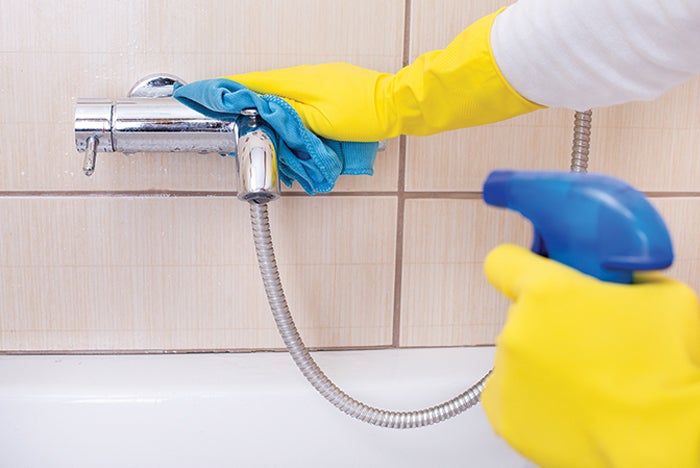Airflow considerations for environmental services
Constant monitoring of airflow within health care facilities often is overlooked by most disciplines other than health care engineering. However, a basic understanding of airflow is needed by environmental services (ES) professionals because it has a direct impact on the very environment ES is responsible for maintaining.
This not only helps them to determine where dust comes from but to understand how bacteria and pathogens such as Clostridium difficile and resulting C. difficile infection (CDI) spores are dispersed and settle throughout a hospital.
The terms “airflow” and “air pressure” are used interchangeably, but they are not the same. There is a dynamic difference that ES professionals must address.
Airborne isolation precautions require a basic understanding of these differences. Negative pressure means that the pressure in a room is less, so flow would go into the room. Positive pressure means that the pressure in a room is more, so flow would go out of the room. These are both gauge or measured pressures, because they are merely measuring a relative pressure against some constant pressure.
ES professionals must understand that the spore state of C. difficile can become airborne. In its dry state, the only state in which C. difficile spores exist, spores readily can be caught up in air currents and become a part of the ubiquitous airflow in a hospital. Dry dusting and dry mopping must be kept to a minimum in diagnosed CDI rooms to mitigate the potential of spores becoming airborne.
When CDI patients are discharged or relocated, ES personnel process the area according to established protocol. This always involves replacing cubicle curtains.



